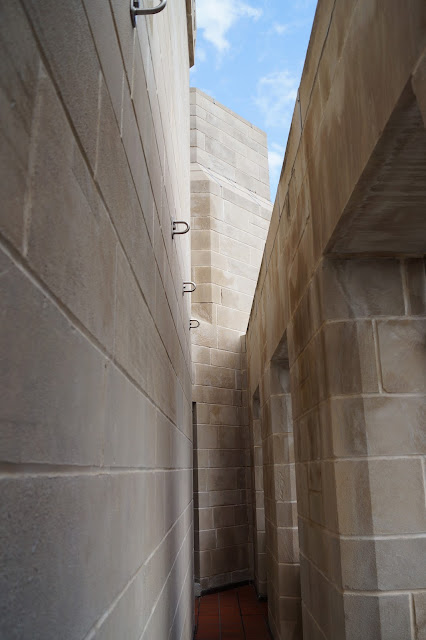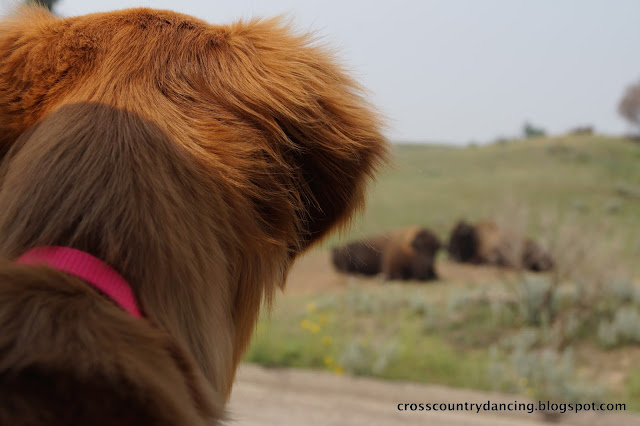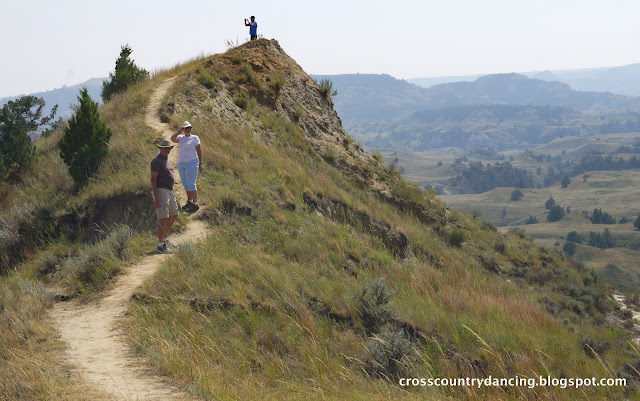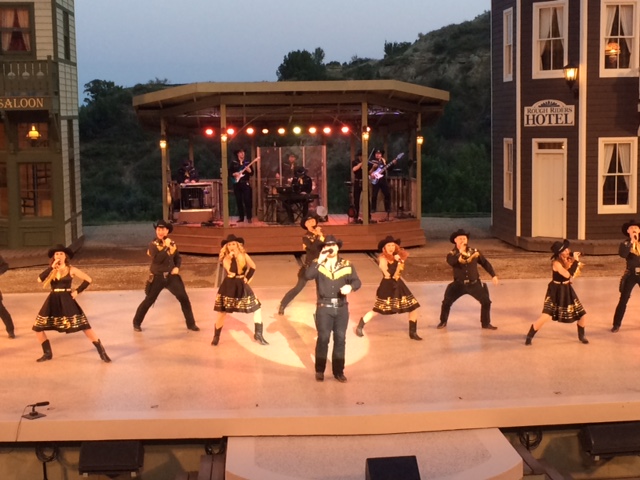My first impression of Lincoln was that it was a town obsessed with football. When I went to the Haymarket district for the farmer's market on Saturday I found a neighborhood of about eight square blocks of historic warehouses converted to drinking establishments gearing up for the community experience of watching the Husker's games together on big screen TVs. Oh, while wearing the obligatory gear in red and white. (I can't even imagine what it must be like for a home game!)
OK, so maybe I'm not a big football fan, but I appreciate the spirit of the town and the community commitment to the University of Nebraska team. But was that all there was to Lincoln?
I'm happy to report that it is not. While wandering around the Haymarket I stumbled upon an alley bedecked with art - a clue as to the stealthy alternative identity of Lincoln.
We had only three must-do things on our list for Lincoln, which did not include the obvious Huskers Stadium and Huskers' souvenir stores: The Nebraska Capitol, the Sunken Gardens and the Quilt Museum.
The Nebraska Capitol
After lunch downtown at the best known steak house in Lincoln, Misty's, we headed over to the capitol building. Approaching the building on foot required a little creative navigating through reconstruction of the streets surrounding the building. Evidently it will be a large pedestrian mall with lawn, fountains, sculptures, etc.
The finial sculpture atop the building is "The Sower," by Lee Lawrie, reflecting the importance of grain production to this prairie state.
The exterior is decorated with symbols representing native American culture and Western philosophical principles of law, freedom and governance.
The building is a remarkable Gothic structure, that feels more like a medieval European castle or cathedral than an American capitol. Although it is expansive like most capitols, it is dark and almost gloomy. Rather than containing artwork of religious symbolism like a cathedral, its walls, floors and ceilings consist of powerful and fascinating representations of cosmic, pioneer and agricultural themes.
 |
| Hildrethe Meiere's evolution themed floor |
The tiniest ancient elevator, tucked away in a dark corner of the main floor carries visitors up to the observation deck and Memorial Chambers on the 14th floors.
Contemporary murals representing heroism of various sorts adorn the Chamber walls.
 |
| Stephen Roberts' mural depicting heroic people |
 |
| Gothic observation deck like a castle's battlement |
 |
| Ceiling of the Memorial Chamber, 14th floor, represents the night sky |
This is the kind of building that deserves hours of time, and the tour would clearly be a fascinating and educational experience.
The Sunken Gardens and more
It's been a long time since we visited a garden, and it was such a pleasure to be amongst these thriving plants, juicy with life and practically dripping with chlorophyl. The desert and the plains are grand places, but now that we've crossed over into the part of the country the gets enough rain, we're again appreciative of these botanical beauties that are the gifts of abundant water.
The Sunken Gardens are a 1.5 acre municipal garden originally created in 1930 and renovated in 2004. It is primarily designed with annuals, which were peaking during our visit, but also has perennnials and water lily ponds. Among the annuals were some of the largest specimens of taro I've ever seen - some must have been at least ten feet tall.
 |
| Lily pond with gazebo in background |
 |
| Gazebo roof representing four seasons with Lincoln skyline |
Across the street from the Sunken Garden are the Hamann Rose Garden,
 |
| Rick really appreciated these benches, aesthetically of course |
 |
| A fountain that captured the giddy joy of children playing with water |
...the Rotary Strolling Garden, which the butterflies and bees loved...
...and the Bicentennial Cascade, or Teacher's Fountain.
The Quilt House
My last artistic exploration in Lincoln was the International Quilt Study Center and Museum. We'd visited the Quilt Museum in Paducah, KY and I was eager to see how this one compared.
The Quilt House that houses the Center was opened just a few months ago and is quite impressive.
The Center hosts contemporary and traditional exhibits and has the largest publicly held collection of quilts in the world. It is part of the University of Nebraska, and offers a unique master's degree in Textile History. Currently there is an exhibit of Michael James' quilts that reflect a period of personal and intense mourning. I found it to be a moving example of the current state of quilt art.
 |
| Ambiguity and Enigma: Recent Quilts by Michael James |
Most of the exhibits are historical in nature.
Some of my favorites are the crazy quilts made of scraps of clothing that quilters collect and exchange for generations then use with an aesthetic that escapes formulation or repetition. This is the kind of quilt that my mother and grandmothers made. They just say comfort and cozy to me, while preserving the memories of a family in the scraps of their clothing.
This next one was my overall favorite. I love its seeming haphazard and erratic pattern that nonetheless holds together as a complete and meaningful whole.
It reminds me of our life on the road - a rich, joyful, colorful collection of images and experiences that seems to defy the patterns of normal or predictable life... yet somehow it works.









































































